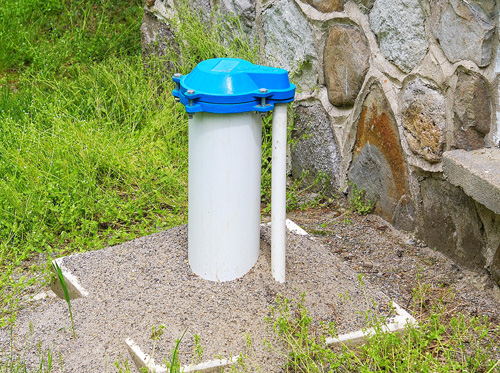
Owning a well on your property provides you with a valuable resource of clean water. However, in order to ensure the long-term functionality and efficiency of your well, regular maintenance is crucial. This comprehensive guide aims to provide you with an in-depth understanding of well maintenance, equipping you with the knowledge and tools to keep your well in optimal condition for years to come.
1. Understand Your Well System
Before delving into the specifics of well maintenance, it’s essential to familiarize yourself with the different components that make up your well system. Take the time to learn about the well pump, pressure tank, pressure switch, and any water treatment systems installed. Understanding how these components work together to deliver water to your home will prove valuable as you carry out maintenance tasks.
2. Schedule Annual Inspections
Regular inspections conducted by a professional well contractor are vital for identifying potential issues early on. It is recommended to schedule an annual inspection to assess the condition of your well system. During these inspections, water quality testing, pressure checks, and overall performance assessments will be conducted. Addressing any problems promptly can prevent major repairs and ensure the safety and quality of your water supply.
3. Monitor Water Quality
Maintaining good water quality is paramount for the health and well-being of your household. Regularly testing your water for contaminants, such as bacteria, nitrates, and other harmful substances, is crucial. Various testing kits are available to check for common contaminants, or you can opt for professional laboratory testing. If you notice any changes in the odor, taste, or appearance of your water, it’s important to investigate and resolve the issue promptly.
4. Keep the Well Area Clean
Maintaining a clean and well-maintained well area is essential to prevent contamination and ensure the longevity of your well. Remove any debris, vegetation, or other potential contaminants from around the well casing. Additionally, make sure the ground around the well slopes away from it to prevent surface water runoff from entering the well. Keep access points securely covered to prevent unauthorized access and minimize the risk of contamination.

5. Check the Well Cap and Seals
The well cap and seals play a crucial role in protecting the well from contamination and damage. Regularly inspect the well cap for any cracks, gaps, or signs of deterioration. Ensure a tight seal to prevent insects, rodents, and surface water from entering the well. If you notice any damage or wear, promptly replace the well cap to maintain the integrity of the system.
6. Maintain the Pump and Pressure Tank
The well pump and pressure tank are critical components of your well system. Regularly check the pump for signs of leaks, unusual noises, or reduced water pressure. Inspect the pressure tank for any signs of corrosion or damage. Follow the manufacturer’s guidelines for maintenance tasks, such as lubricating motor bearings, checking wiring connections, and testing pressure switches. Proper maintenance of these components will contribute to the overall efficiency and longevity of your well system.
7. Protect Against Freezing
For those residing in colder climates, freezing temperatures can pose a risk to well systems. To prevent damage, it’s important to insulate exposed pipes, pressure tanks, and other vulnerable components. Insulating materials such as pipe insulation and heat tape can be used to protect against freezing. Additionally, disconnect and drain hoses before winter to avoid burst pipes. If necessary, consider installing a frost-proof hydrant to protect against freezing during the winter months.
8. Be Mindful of Chemical Usage
The use of chemicals, such as fertilizers, pesticides, and herbicides, can potentially contaminate your well water. It is important to use these chemicals sparingly and with caution, following the recommended guidelines. Avoid storing or using chemicals near the well or in a way that could lead to runoff into the well area. By being mindful of chemical usage, you can protect the quality and safety of your water supply.
9. Educate Yourself and Your Household
In addition to implementing proper maintenance practices, it is important to educate yourself and your household members about well maintenance and water conservation. Ensure that everyone understands the significance of well maintenance and the potential risks associated with contamination. Encourage water-saving practices, such as fixing leaks promptly and using water-efficient appliances. Make sure everyone knows how to shut off the well system in case of emergencies, as this knowledge can help prevent further damage during unforeseen situations.
Maintain Your Private Well with Hague Quality Water of Maryland
Regular well maintenance is vital to safeguard your water supply and protect the health of your household. By following the comprehensive steps outlined in this guide, you can effectively maintain the longevity and efficiency of your well. Remember, if you have any doubts or concerns, always consult a professional, such as Hague Quality Water of Maryland to address the issues promptly. With proper maintenance and care, your well will continue to provide a reliable source of clean water for you and your family for years to come. To learn more about maintaining your well, contact Hague today at 410-757-2992.

